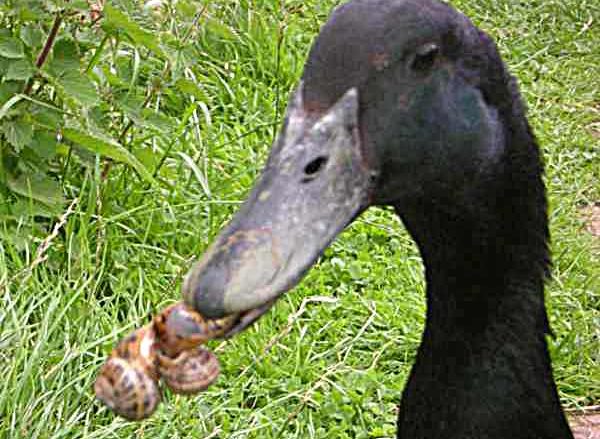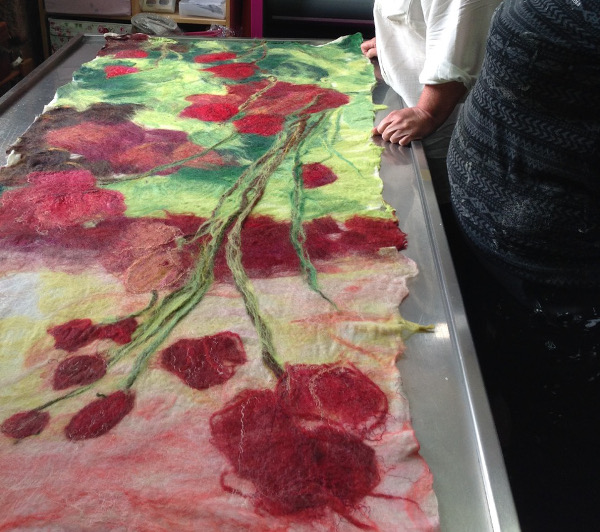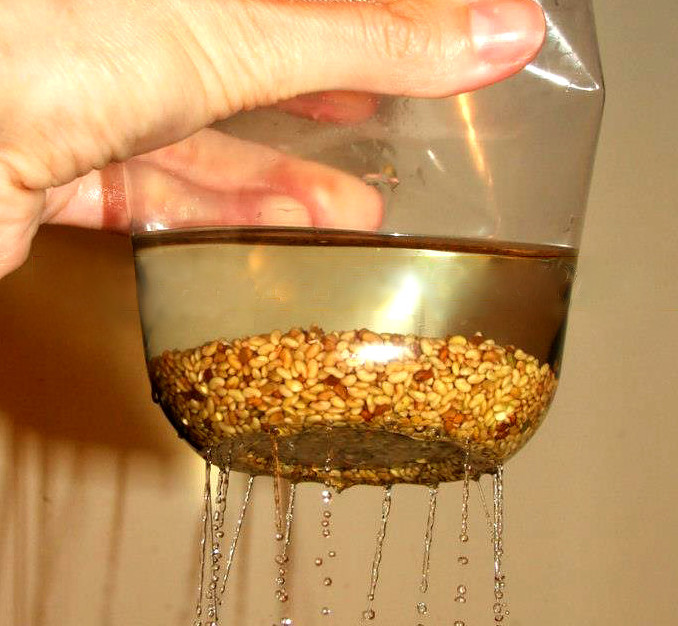Info, news & debate
Archives: Info Articles
Construction summary for a vertical flow reed bed
Following is a construction summary outlining the work required for building a vertical flow reed bed system:
Glossary
Adsorption: attractive forces acting between particles in the wastewater draw them together, allowing them to settle to the base of the reed bed or wetland. Adsorptive forces also adhere pollutant particles to plant material and gravel or soil, trapping them within the system.

Using ducks for pest control in the garden
“You don’t have a slug problem, you have a duck deficiency” – Bill Mollison There are of course many approaches to the scourge of slugs and snails in the vegetable patch. Hand picking by moonlight and beer traps have always been my methods of choice, but if you think you’d like to keep poultry, ducks …
Credit commons: a global mutual credit system?
Mutual credit schemes are designed to supplement national currencies, not replace them. However, there are now plans afoot to build a global system called Credit Commons, by allowing local schemes to intertrade.
Making a woven willow hurdle
This article, originally published by Musgrove Willows describes how to make a woven hurdle from willow.
Make a hazel hurdle with hand tools
In this video Alan King demonstrates how to make a hazel hurdle, including how to split the hazel rods.
Coppicing your own Hazel
You can grow hazel coppice in your own garden or smallholding to use for weaving hurdles, here is some basic information on how.
Step-by-step guides to growing fruit trees
Step-by-step guides to growing different kinds of fruit trees. Thanks to John Harrison of Allotment & Gardens.
How to switch to open source / free software for everything you need to do
Thinking about changing to open source software can be scary for non-technical people (i.e. almost everybody). We’d like to persuade you that it’s really quite simple to start, and you’ll gain confidence as you use it more. If you can use the proprietary software, you’ll be able to use open source / free software too.
How to get Linux operating system onto a datastick to try it out
Linux is different from the programmes that you use to produce documents, spreadsheets, presentations, manipulate images, watch videos etc. Linux is an operating system – equivalent to Windows, rather than the programmes you run on it. So when you switch on your computer, you get a Linux system rather than Windows.
Learning to use Linux
Now that you’ve switched to free / open source programmes and downloaded the Linux operating system onto a datastick, you can launch Linux from the datastick to familiarise yourself with it, but when you take the datastick out, it’s back to Windows.
Installing Linux on your hard drive
So at the moment, your hard drive is all Windows, and you’ve practised running Linux from a datastick. But it runs slowly, because datasticks aren’t designed for swift data transfer – it’s like being on a little B-road compared to a motorway for data.
Getting a laptop with Linux
You’ve now got Linux installed on your hard drive and hopefully, it’s working well. It shouldn’t take much getting used to – if you know how to navigate around Windows, then Linux Mint is a doddle.
Understanding the planning system (for those wanting to establish sustainable land-based enterprises)
This is a guide to understanding the planning system from Shared Assets, whose aim is to help the development of sustainable land-based social enterprises and ‘common good’ land use in the countryside. It’s particularly useful for those wanting to build a home on a smallholding or a sustainable land-based enterprise in the open countryside.

Instructions for making a felt picture using wet felting techniques
Layout your netting on a towel (the towel will absorb moisture later).
Month-by-month guides to growing fruit & veg
See veg growing further info for month-by-month guides to growing fruit & veg.
Crosscut saws: blade shape and tooth configuration
Crosscutting saws have two fundamental uses: for felling and for crosscutting (bucking).

A tip to stop seeds retaining water and rotting during sprouting
This is a method of rinsing using a recycled plastic yoghurt pot (or something similar), with holes made in the bottom (from the inside). Put a handful of soaked seeds inside, rinse them well and drain them
How to tell the difference between feathery roots and mould
Sometimes seeds get broken and go mouldy. You can just throw out the mouldy bits, rinse, and the rest will be OK. Sometimes the whole batch will have to be thrown away, but often, mould looks a lot like healthy, feathery roots.
Instructions for sprouting
Sprouting Directions: these directions for one a 1-litre sprouting jar. If you are using a 2-litre jar, double the amount of seeds.
